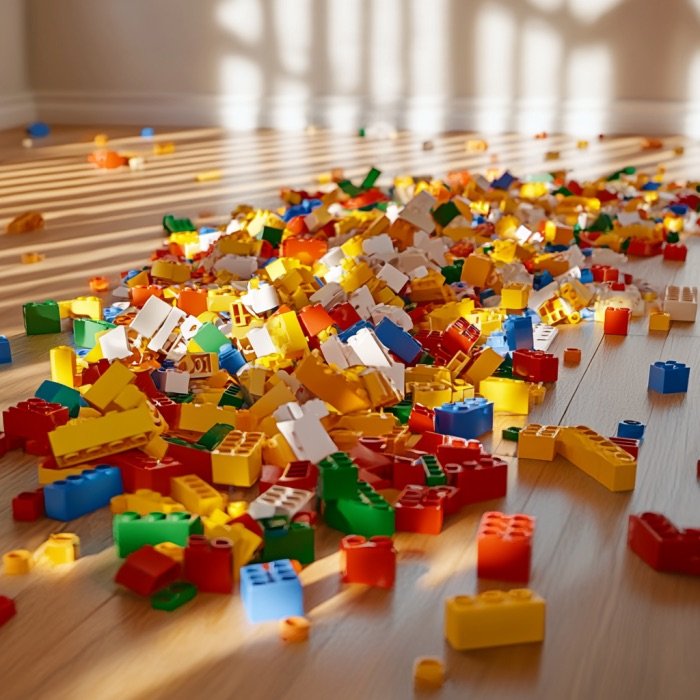How to LEGO
The bright green base was no bigger than the size of my hand.
The pieces were sprawled out on the floor, and we each took turns, quietly laying them brick by brick on top of one another.
My mind started to wander, no longer present with the mindless activity of laying LEGO bricks in a straight, uniform, multi-colored vertical tower.
Until I saw him lay a piece that was half on the base, and half off the base. He layed another one on top of this piece that now overhung the rest of the otherwise perfectly straight vertical tower.
I stopped laying pieces and continued to pass him pieces, encouraging him to see where he would place them next. In not too much time, the vertical tower was now growing horizontally, in all directions. It started to take the shape of a giant ship that was narrow at the bottom, where it meets the water, and wider at the top, where it meets the sky.
As I watched him quietly break the artificial boundaries of laying pieces in straight and organized shapes, it was a mirror for me on how much I had fallen into the artificial boundaries of day-to-day life. This LEGO activity quickly became a silent nudge and guiding hand for me to think beyond the artificial boundaries that my mind has become comfortable, and at times numb, playing within.
There is no one way to LEGO. It’s a collection of brightly colored plastic bricks, with endless combinations of constructions possible.
Similarly, there is no one way to life. It’s a collection of uniquely beautiful experiences, moments, connections and learnings made possible through curiosity and desire.
The new LEGO kits these days come with instruction manuals, and despite them turning into objectively more interesting and intricate sculptures and scenes, the process leaves no space for creativity or judgment. There is only one way to assemble it, and it involves blindly following the instructions to a tee with absolutely no margin for error.
Life just isn’t like this though. We may think and at times search for the instruction manual, hoping that if we just follow someone else’s steps, that we’ll get to where we’re hoping to get to, but in reality, there is only one path for each of us, and it is unique to us.
The LEGO structure my three and a half year old nephew and I built together is one-of-a-kind, and can never be replicated. Nor does it need to. The next time we sit down together to build LEGO, we get to dream up something completely different.
This is what makes life so interesting. The endless possibilities and limitless potential in every moment to create, discover and learn. And thanks to my nephew, I was reminded to think beyond the artificial boundaries of my mind.
And that is how I learned to LEGO.




